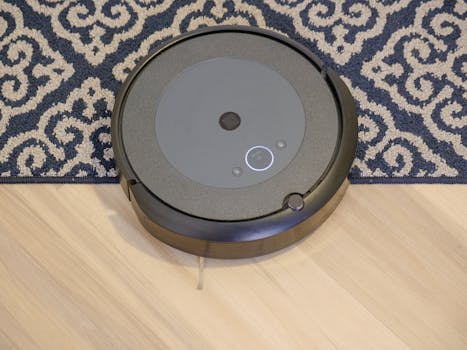
Smart Homes and Smart Living: The Technological Transformation of European Homes by 2025
Smart Homes and Smart Living is revolutionizing the way we live in European homes. The integration of technology into our daily lives is transforming the European home, making it more efficient, sustainable, and connected. By 2025, European homes are expected to be equipped with cutting-edge technology, enabling residents to control and monitor their living spaces with ease.
Introduction to Smart Homes
Smart homes are residences that have been equipped with advanced technology to make living more comfortable, convenient, and energy-efficient. These homes are equipped with sensors, automated systems, and other smart devices that can be controlled and monitored remotely. The concept of smart homes has been around for several decades, but recent advancements in technology have made it more accessible and affordable for the average consumer.
The Rise of Smart Living
Smart living refers to the integration of technology into daily life, enabling individuals to live more efficiently, sustainably, and comfortably. The rise of smart living is driven by the increasing demand for convenience, energy efficiency, and connectivity. With the proliferation of smartphones and the internet of things (IoT), individuals can now control and monitor their living spaces with ease, using voice assistants, mobile apps, and other smart devices.
European Homes in 2025
By 2025, European homes are expected to be more efficient, sustainable, and connected than ever before. The integration of technology into European homes will enable residents to control and monitor their living spaces with ease, using voice assistants, mobile apps, and other smart devices. Some of the key features of European homes in 2025 will include:
- Energy-efficient systems, such as solar panels and smart thermostats, to reduce energy consumption and lower utility bills.
- Automated lighting and temperature control systems, to create a comfortable and convenient living environment.
- Advanced security systems, including surveillance cameras, motion sensors, and smart door locks, to enhance home security and safety.
- Smart home appliances, such as refrigerators, washing machines, and dishwashers, that can be controlled and monitored remotely.
- High-speed internet connectivity, to enable seamless communication, entertainment, and access to information.
Benefits of Smart Homes and Smart Living
The benefits of smart homes and smart living are numerous and significant. Some of the key benefits include:
- Increased energy efficiency, to reduce energy consumption and lower utility bills.
- Enhanced home security and safety, through advanced security systems and smart door locks.
- Improved convenience and comfort, through automated systems and smart devices.
- Increased connectivity, through high-speed internet and smart home appliances.
- Reduced environmental impact, through energy-efficient systems and sustainable living practices.
Conclusion
In conclusion, the European home is undergoing a significant transformation, driven by advancements in technology and the rise of smart homes. By 2025, European homes are expected to be more efficient, sustainable, and connected than ever before. The integration of technology into our daily lives is transforming the way we live, work, and interact with our living spaces. As the concept of smart homes and smart living continues to evolve, we can expect to see even more innovative solutions and applications in the future.





